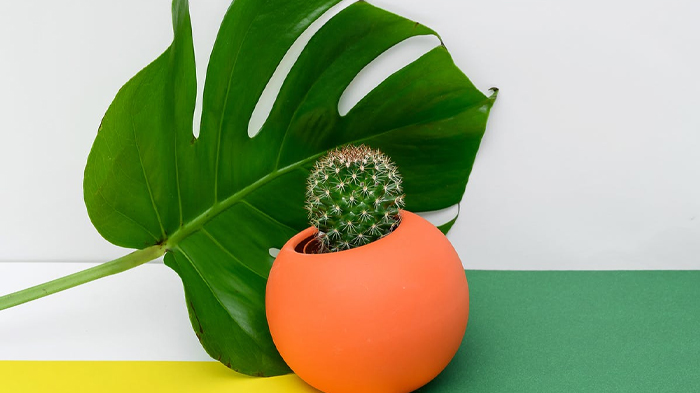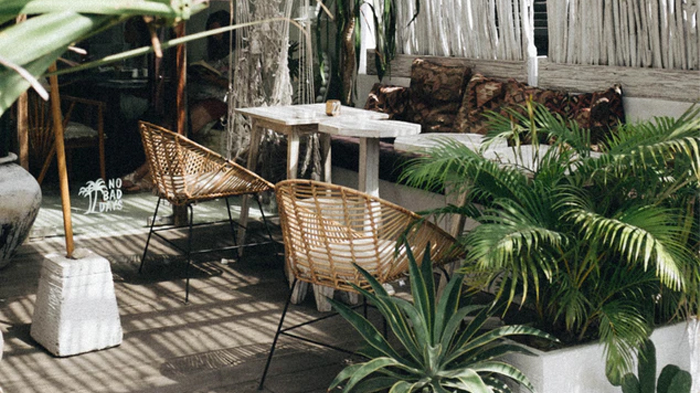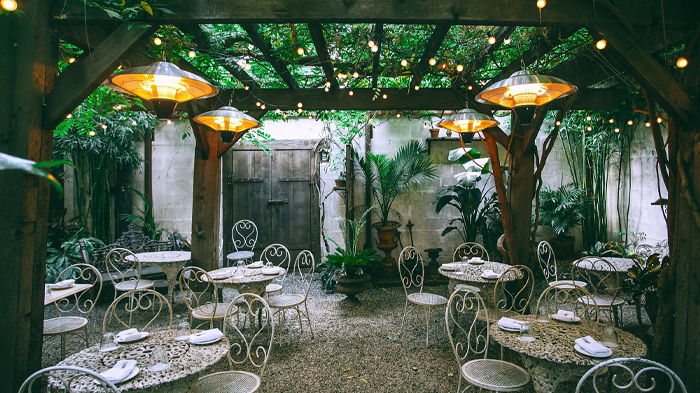What is Biophilia Design?
Biophilia design is a long-standing concept that designs should embrace the natural world to bring natural stimuli into man-made environments in order to bring benefits to those who use the space, including boosting productivity and health. In particular focus on education and workplace, Yarwood Leather attended a seminar held by KI Furniture and biophilic design consultant Joseph Clancy to find out how this design concept can be applied to working and learning environments.
Biophilic design is “more than tokenistic greenery” it is “an extension of good design.”

Biophilic design is a concept that has been around for a long time, however some people believe the term focuses on simply adding plants to a space. Every part of a design can and should incorporate biophilia, so alongside including introducing plants and nature into the space, choosing natural materials, ensuring natural noise and views are available, and even the patterns used within furniture and artwork can help to bring biophilia to any space.
Design has both physical and mental benefits to employees.

With us spending more and more time at work, it’s important to recognise the deprivation of natural environments and the effect this can have on the workforce.
By adopting biophilic design into a space, research and studies suggest that those using the space can have psychological benefits such as improved mood, confidence and attachment to the company. Also, reduced stress, decreased heart rate and better concentration and memory.
Adding Biophilic Design concepts to an existing space doesn’t have to be expensive
When introducing biophilic design to an existing space, it is important to consider all the senses, simply adding green into an office doesn’t mean you are introducing biophilia.
- Utilise any views you may have from the space, for example, rearrange desks to face a natural view instead of that of another building.
- Allowing a source of water to be in reach or view of people helps to reinforce the natural instinct to settle close to water.
- Sounds can also be used to bring people back to nature, if the space isn’t near any natural spaces, consider playing the sounds of bird song or white noise to counteract the noises of the urban environment.
- A seasonal edible garden is any easy way to introduce nature into the area instead of artificial plants, allowing those using the space to see, smell and get hands on with nature within the space.
- Subtle connections to nature can be used in the furniture, materials and artwork used throughout the space, if even a small part of the space is being revamped, selecting natural materials such as wood, leather or stone can reintroduce the feeling of nature to a space.
There is no set way to introduce Biophilic Design…

Context is vital when thinking about Biophilic Design. Depending on whether this is a new or existing space, surrounded by natural views or skyscrapers, and importantly what benefits the space wishes to pass on to its users by introducing biophilia. Each space should embrace the needs of those who use it and how they will interact with the natural elements.
Contact Yarwood Leather through the BCFA Product Finder.




